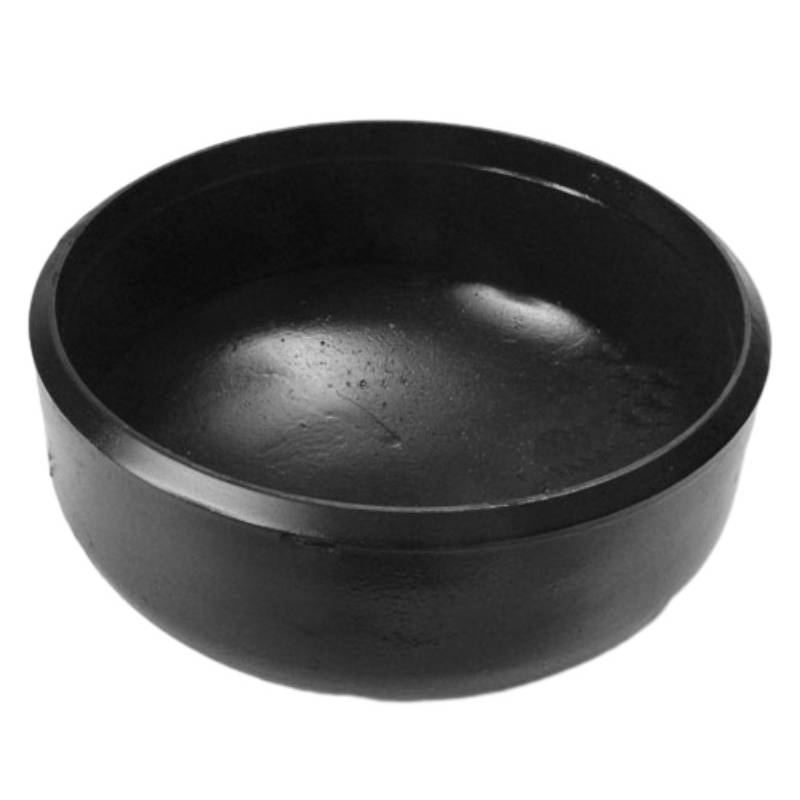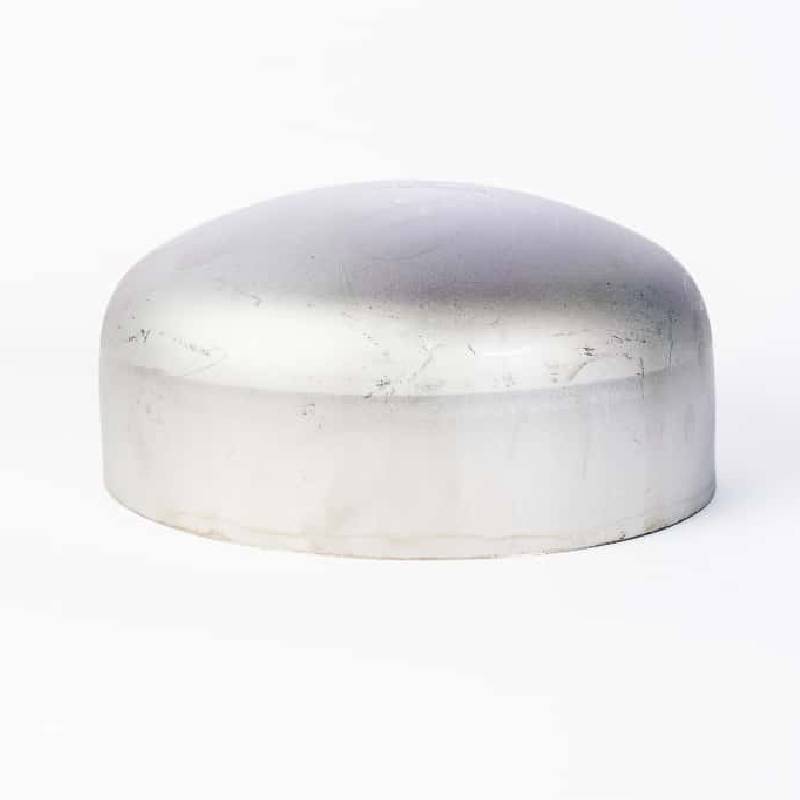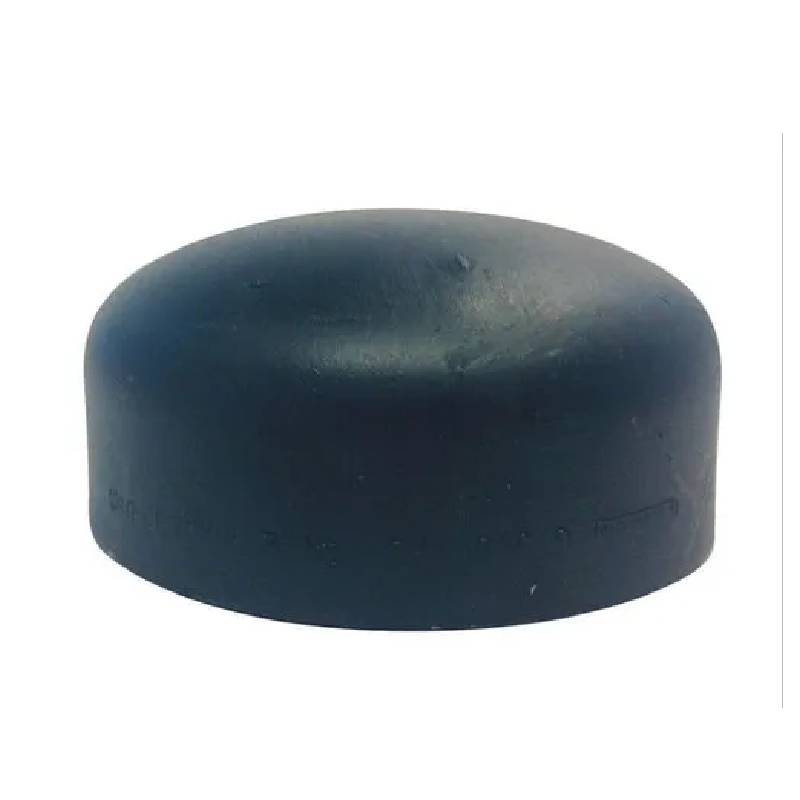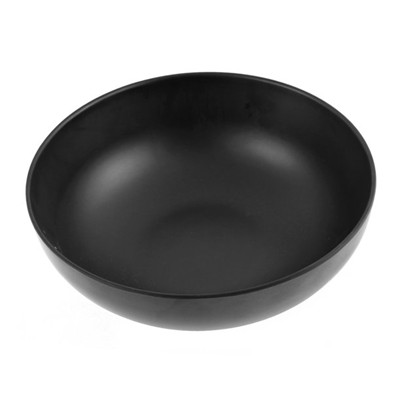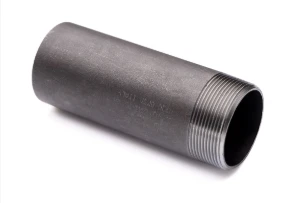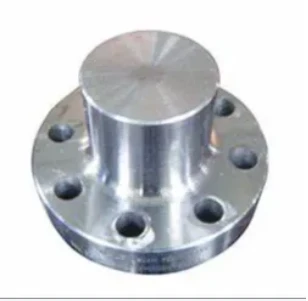-
Standardöverensstämmelse:
ANSI/ASME B16.9 stumsvetslock följer specifikationerna som beskrivs av American National Standards Institute (ANSI) och American Society of Mechanical Engineers (ASME). Denna standardisering säkerställer enhetlighet, kompatibilitet och tillförlitlighet i design och prestanda, vilket underlättar sömlös integrering i rörsystem.
-
Stumsvetsanslutning:
Stumsvetslock installeras genom att svetsa dem direkt på änden av ett rör, vilket skapar en permanent och robust anslutning. Stumsvetstekniken innebär att ändarna av röret och locket värms upp till smältpunkten och sedan pressas samman för att bilda en metallurgisk bindning. Denna svetsmetod ger en stark och läckagesäker fog, vilket eliminerar behovet av ytterligare tätningsmaterial.
-
Förseglad förslutning:
Den primära funktionen hos stumsvetslock är att tillhandahålla en tät förslutning för änden av rören i ett rörsystem. Dessa lock har en kupolformad eller plan yta som täcker röröppningen, vilket förhindrar inträngning eller utsläpp av vätskor eller gaser. Den svetsade anslutningen säkerställer en tät tätning, minimerar risken för läckage och bibehåller systemets integritet.
-
Materialval:
Stumsvetslock finns i olika material för att passa olika driftsförhållanden och media. Vanliga material inkluderar kolstål, rostfritt stål, legerat stål och icke-järnlegeringar som mässing eller koppar. Valet av material beror på faktorer som temperatur, tryck, korrosionsbeständighet och kompatibilitet med vätskan som transporteras.
-
Mångsidiga applikationer:
ANSI/ASME B16.9 stumsvetslock kan användas inom olika industrier, inklusive olja och gas, petrokemi, kemisk bearbetning, vattenrening och kraftgenerering. De används för att täta ändarna på rörledningar, kärl, tankar och utrustning, vilket ger skydd mot förorening, korrosion och miljörisker.
-
Anpassningsalternativ:
Medan stumsvetslocken följer standardmått och specifikationer, finns anpassningsalternativ tillgängliga för att möta specifika projektkrav. Detta kan innefatta variationer i lockstorlek, tjocklek, materialkvalitet och ytfinish. Skräddarsydda lock kan skräddarsys för att passa unika rörkonfigurationer och anpassas till speciella förhållanden eller driftsmiljöer.
Buttweld Fittings Manufacturing Process
The manufacturing of buttweld fittings primarily involves two methods: cold drawing and hot forming.
The general steps in the process are as follows:
1. Material Preparation
The initial stage involves sourcing and preparing the raw materials needed for production.
2. Cutting
Pipes or plates are cut into specified shapes or lengths as per requirements.
3. Forming
The materials are shaped into various configurations, such as buttweld pipe caps, 90-degree elbows, and reducing tees. Cold drawn products are formed directly into their designated shapes using hammers, mechanical presses, or upsetters. In contrast, the hot forming process begins with heating the material, followed by shaping it.
4. Heat Treatment
This process entails heating and cooling the metals to alter their microstructure, enhancing both physical and mechanical properties to achieve the desired characteristics.
5. Machining
Sharp cutting tools are employed in this stage to refine shapes and prepare the ends of the fittings.
6. Inspection and Testing
The products undergo a thorough inspection in accordance with relevant standards, checking dimensions, material quality, and appearance.
7. Coating (if required)
Finally, a coating may be applied as necessary to meet specific requirements.
Butt Weld Pipe Cap FAQs
-
What materials are the butt weld pipe caps made from?
- Our butt weld pipe caps are crafted from high-quality materials including carbon steel, stainless steel, and alloy steel. This selection ensures durability and resistance to corrosion, making them suitable for a wide range of applications in various industries such as oil and gas, water supply, and construction.
-
What sizes are available for the butt weld pipe caps?
- We offer a comprehensive range of sizes for our butt weld pipe caps, from small diameters to large fittings, accommodating various pipe sizes. Please refer to the product listing for specific dimensions or contact our customer support for assistance in selecting the appropriate size for your project needs.
-
Are these butt-weld pipe caps suitable for high-pressure applications?
- Yes, our butt weld pipe caps are designed to support high-pressure applications. They meet industry standards and specifications, providing a secure and leak-proof seal that can withstand significant pressure levels. Be sure to check the specifications to ensure compatibility with your particular system requirements.
-
How do I install the butt weld pipe caps?
- Installing butt weld pipe caps requires welding them directly to the pipe for a strong, permanent connection. We recommend using qualified welders and following proper welding procedures to ensure a secure fit and maintain the integrity of the piping system. For detailed installation guidelines, please consult the accompanying technical documentation.
-
Can these butt-weld pipe caps be used in outdoor applications?
Absolutely! Our butt weld pipe caps are suitable for both indoor and outdoor applications. They are built to withstand environmental factors, making them ideal for exterior installations. For prolonged exposure to harsh conditions, we recommend our stainless steel options for enhanced resistance to corrosion.
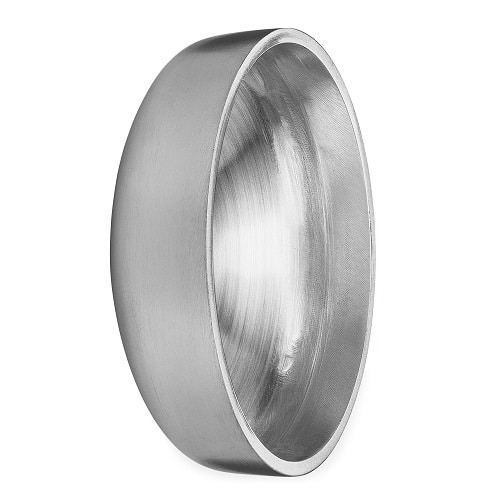
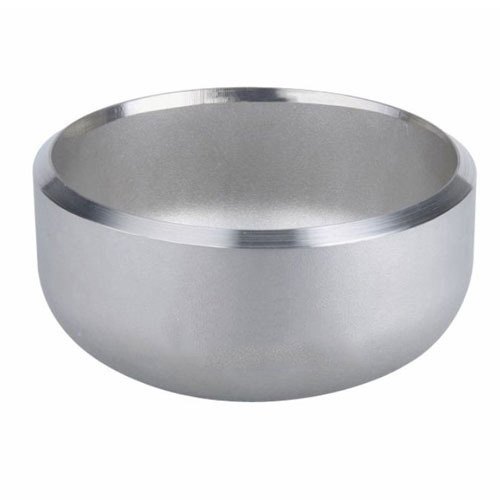
ANSI/ASME B16.9 stumsvetslock är kritiska komponenter i industriella rörsystem, vilket ger en säker och läckagesäker förslutning för rörändar. Deras överensstämmelse med ANSI- och ASME-standarder, stumsvetsanslutning, tätningsförmåga och mångsidighet gör dem oumbärliga i olika applikationer inom olika branscher. Med stumsvetslock kan ingenjörer och operatörer säkerställa integriteten, säkerheten och effektiviteten hos sina rörsystem, vilket bidrar till smidig och problemfri drift.







